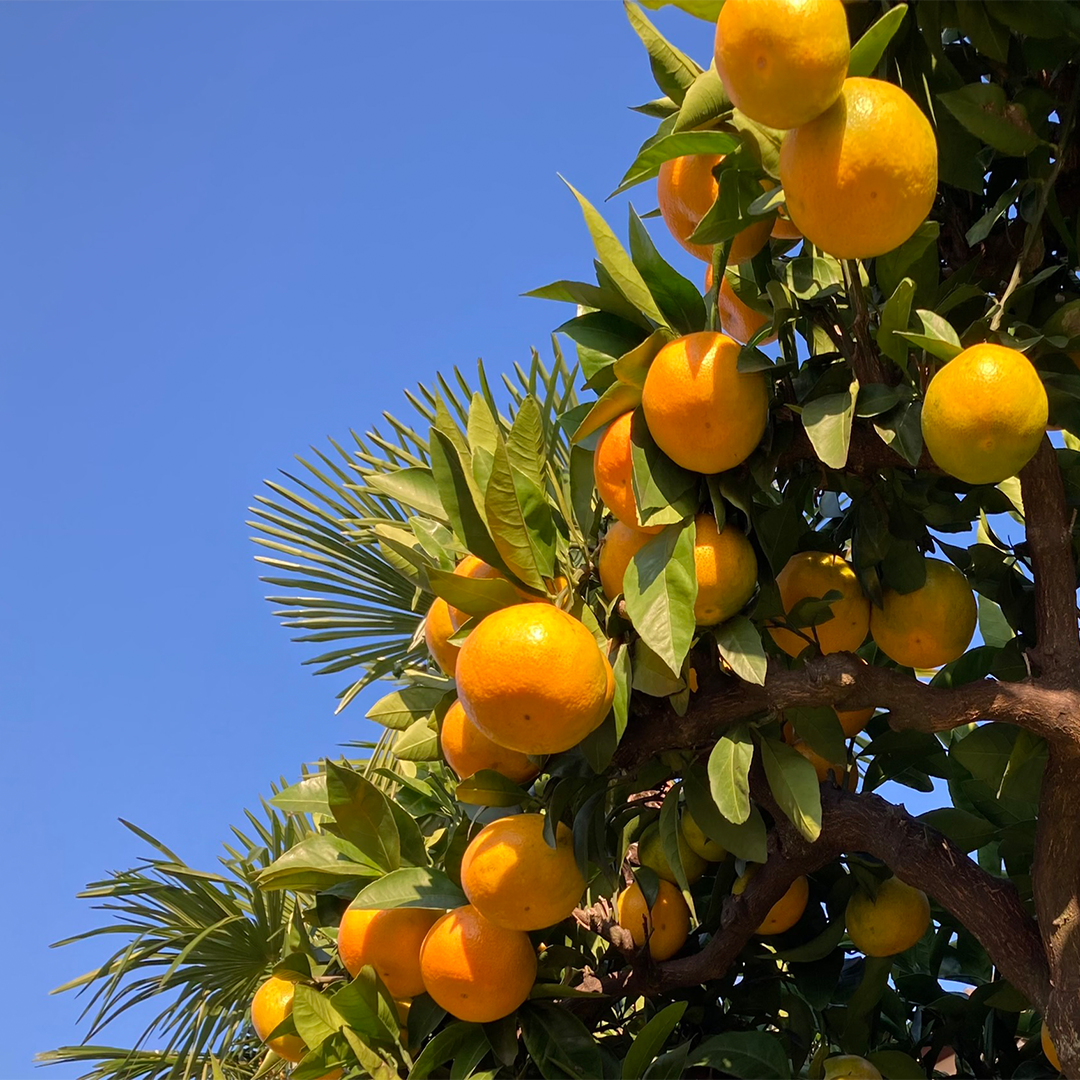
Mikan is my madonna
Share
For me, winter brings to mind mandarin oranges (mikan). When I was a student, I remember how my hands would turn yellow from peeling them one after another while sitting in a kotatsu watching TV and thinking I should instead be studying. I love both Japanese mikans and American oranges, but while similar they are slightly different. Japanese mikans are usually smaller than American oranges, and the peel can be easily removed by hand. The membrane covering the pulp is also thin, and the entire segment is delicious.
Three years ago, I discovered a tasty mikan that turned my mikan life upside down. The variety was called "Beni Madonna" and was introduced to me in Ehime Prefecture, where they are grown when I visited Mr. Takenishi (the artist of Seto Blue and Shima White dinnerware set) and Mr. Ikeda (the artist of Gladdy Sounds cups). It was so juicy and delicious that I really wanted to visit and thank the farmers who produced it! Recently, I have started to see this variety in Tokyo, but they cost several times as much as regular mikans and are not as fresh as the morning picked ones I had in Ehime.
It is said that the price of fruit in Japan is higher than in the U.S., but considering the method and scale of production, it is probably inevitable. Recently, IT-based agriculture has begun to appear, and I hear that more and more young people are getting involved in farming, which makes me, as a fruit lover, want to wish them the best.
